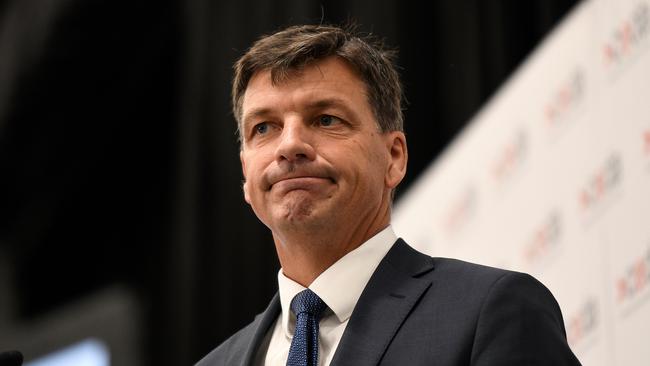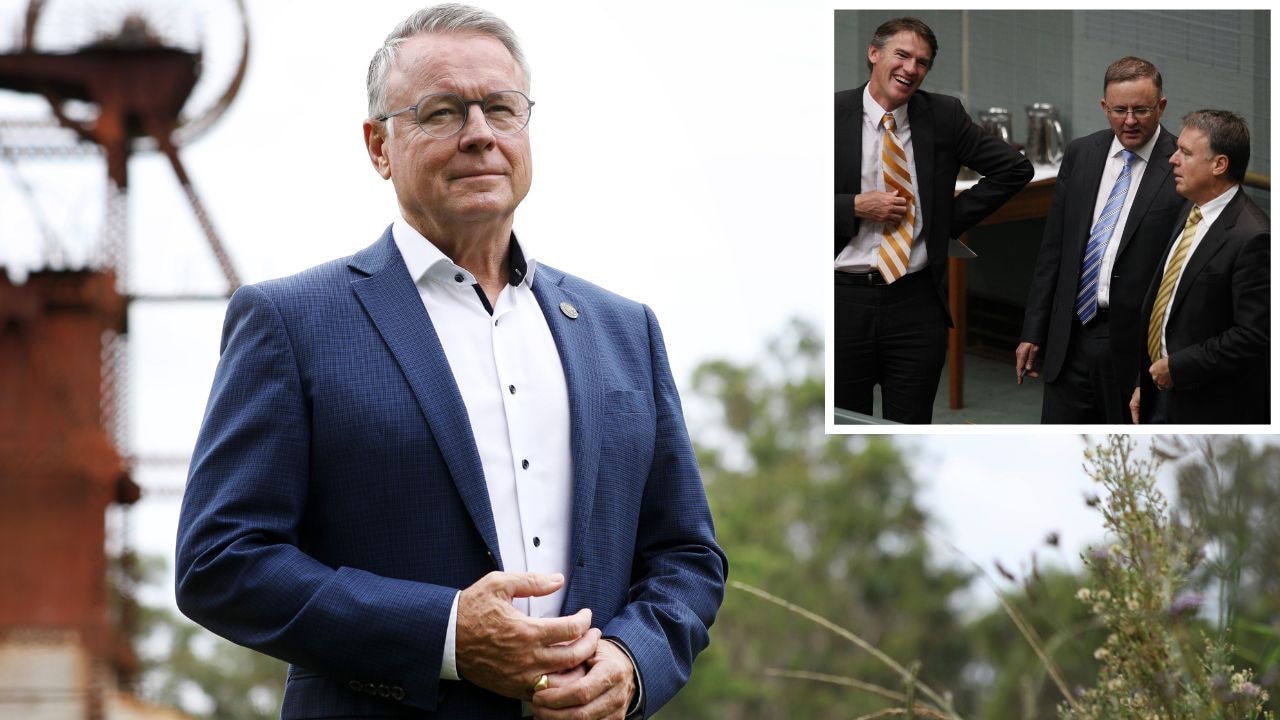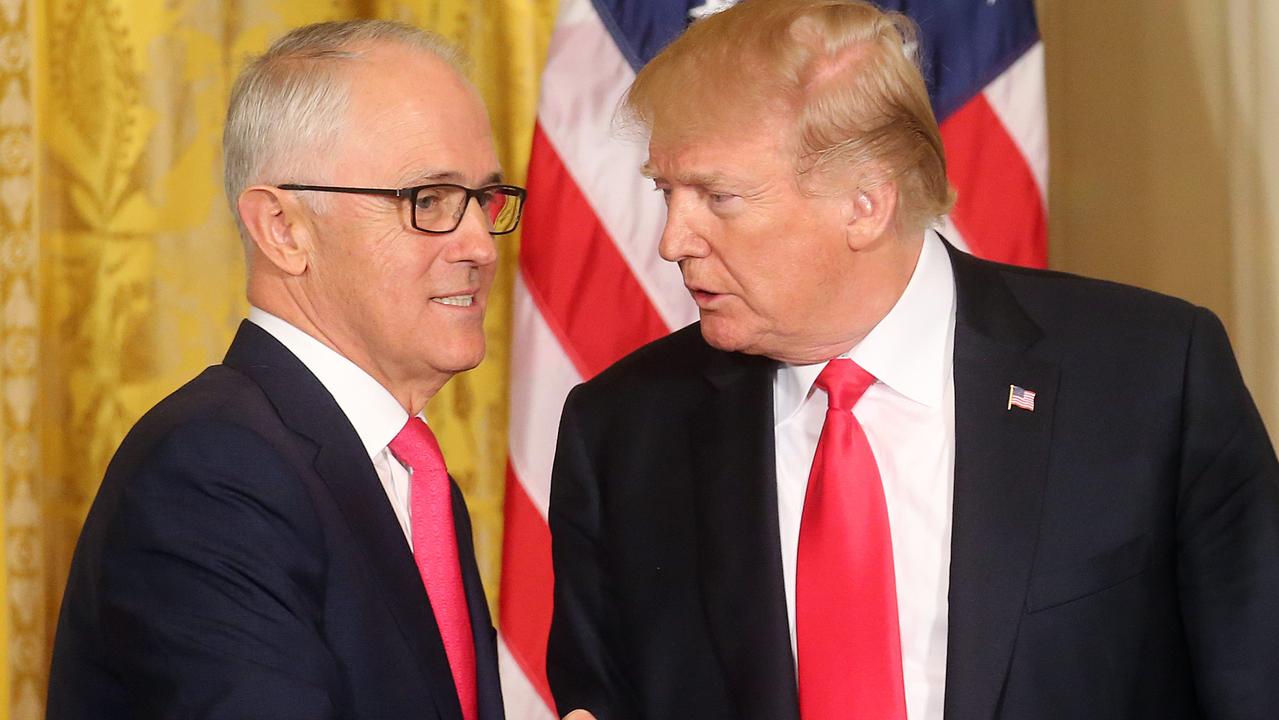Call to fire up gas to drive recovery
Federal Energy Minister Angus Taylor has raised the pressure on state governments to unlock more gas.

Federal Energy Minister Angus Taylor has raised the pressure on state governments to unlock more gas to complement the growth of renewables, as new figures show wind, solar and hydro generation has increased by 54 per cent since 2015.
Renewables accounted for 21 per cent of electricity generation in Australia last year, according to figures to be released in the 2020 Australian Energy Statistics.
Mr Taylor labelled Australia a “world leader in renewable energy” after new data showed there was a 46 per cent increase in solar energy last year.
Gas-fired energy increased by 6 per cent last year and equals renewables as providing 21 per cent of electricity generation, figures to be released in the 2020 Australian Energy Statistics show.
More than half of power, 56 per cent, came from coal-fired power stations, including 44 per cent from black coal and 12 per cent from brown coal.
Mr Taylor said the figures showed the importance of coal for baseload power and why it was essential more electricity was generated by gas. “Gas is flexible and provides the dispatchable capacity we increasingly need to balance intermittent renewables and deliver a secure, reliable and affordable electricity system to power our homes, businesses and industries,” Mr Taylor said.
“This has never been more important — particularly as we begin our recovery from the impact of the COVID-19 pandemic.
“This is why the Australian government believes a gas-fired recovery will drive jobs and economic growth.
“We now need state and territory governments to do their part to unlock more gas for the domestic market and encourage investment in reliable generation which will put downward pressure on wholesale prices.”
The government last week released its technology road map for a lower emissions economy, showing gas as a key transitional fuel.
Australian Aluminium Council executive director Marghanita Johnson said the sector needed a short-term solution to a pending shortage of supply of baseload energy.
“Well-priced gas is ideally suited to firm the renewables that we see in the market,” Ms Johnson said. “Combined with the existing thermal fleet, gas is really complementary.
“If we can bring more gas into the mix that should help deliver short-term electricity price decreases. That can translate into long-term, firmed electricity price decreases for all major industrial users.”
The Australian revealed last week that new national standards for solar panels have been developed as energy regulators scramble to prevent instability to the electricity market because of the high uptake of poorly regulated household renewables.




To join the conversation, please log in. Don't have an account? Register
Join the conversation, you are commenting as Logout